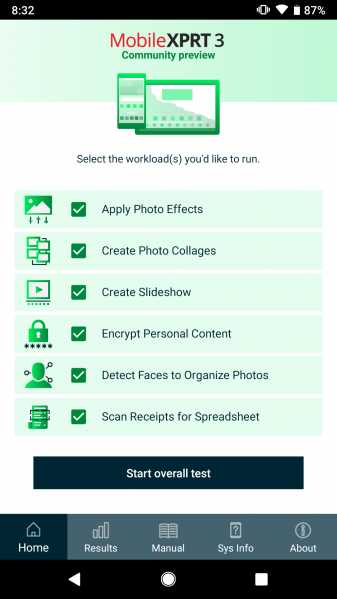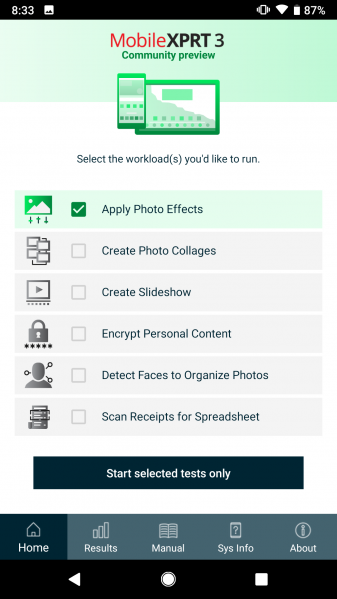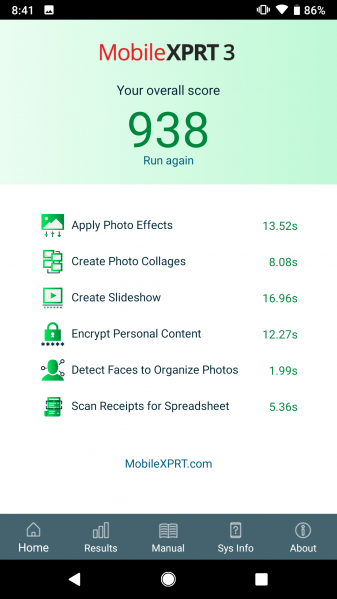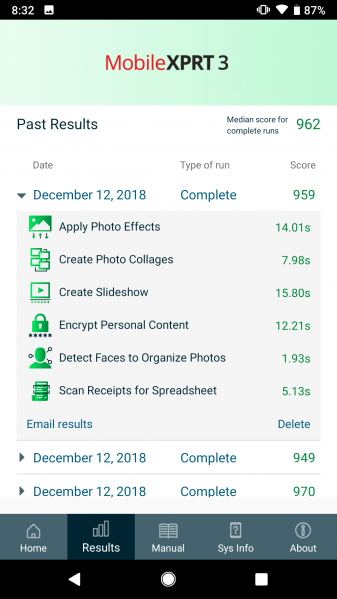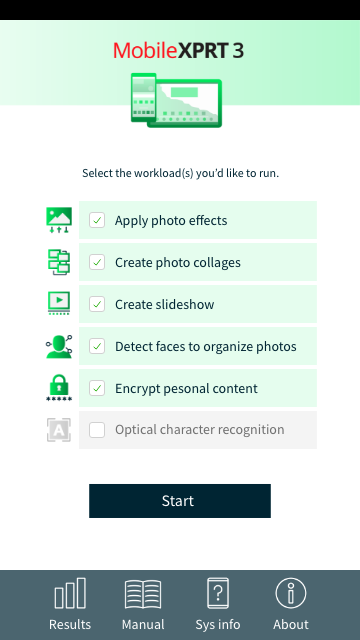When we’ve released a new version of an XPRT benchmark app, it’s been our practice for many years to maintain a link to the previous version on the benchmark’s main page. For example, visitors can start on the WebXPRT 4 homepage at WebXPRT.com and follow links to access WebXPRT 3, WebXPRT 2015, and WebXPRT 2013. Historically, we’ve maintained these links because labs and tech reviewers usually take a while to introduce a new benchmark to their testing suite. Continued access to the older benchmarks also allows users to quickly compare new devices to old devices without retesting everything.
That being said, several of the XPRT pages currently contain links to benchmarks that we no longer actively support. Some of those benchmarks still function correctly, and testers occasionally use them, but a few no longer work on the latest versions of the operating systems or browsers that we designed them to test. While we want to continue to provide a way for longtime XPRT users to access legacy XPRTs, we also want to avoid potential confusion for new users. We believe our best way forward is to archive older tests in a separate part of the site.
In the coming weeks, we’ll be moving several legacy XPRT benchmarks to an archive section of the site. Once the new section is ready, we’ll link to it from the Extras drop-down menu at the top of BenchmarkXPRT.com. The benchmarks will still be available in the archive, but we will not actively support them or directly link to them from the homepages of active XPRTs.
During this process, we’ll move the following benchmarks to the archive section:
- WebXPRT 2015 and 2013
- CrXPRT 2015
- HDXPRT 2014
- TouchXPRT 2014
- MobileXPRT 2015 and 2013
If you have any questions or concerns about the archive process or access to legacy XPRTs, please let us know!
Justin


